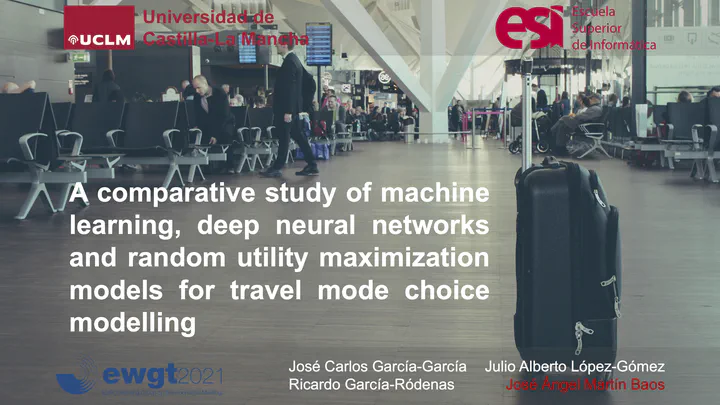A comparative study of machine learning, deep neural networks and random utility maximization models for travel mode choice modelling

Abstract
Traditionally, Random Utility Maximization (RUM) models have been widely applied to travel mode choice modelling. Currently, Machine Learning (ML) models are being applied as an alternative to RUM models, since they provide better results in terms of prediction capability and they can manage large volumes of data. In this paper, a comprehensive comparison between classic RUM models and ML models, including single and ensemble classifiers as well as Deep Neural Networks (DNNs), is provided in order to assess systematically the performance of different models over two different datasets which have different sizes and nature of data. Numerical experiments show Random Forest (RF) is the best classifier in terms of accuracy index and the computational cost to train the model.